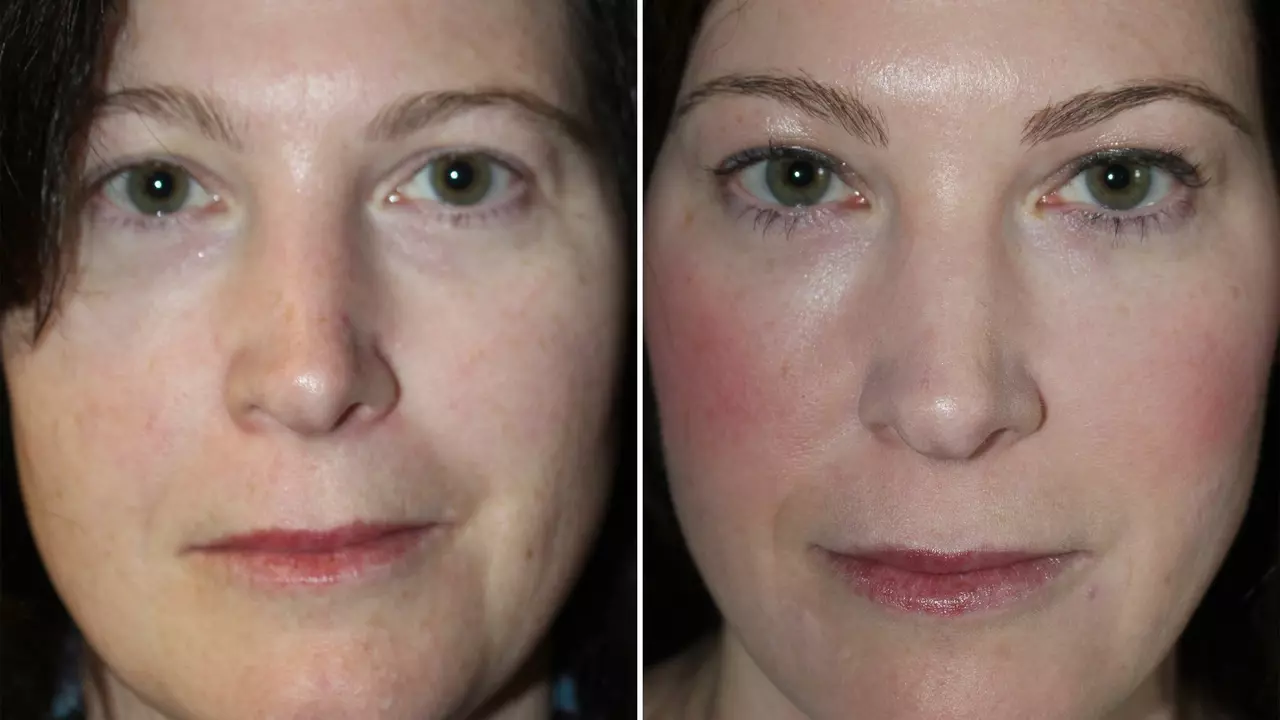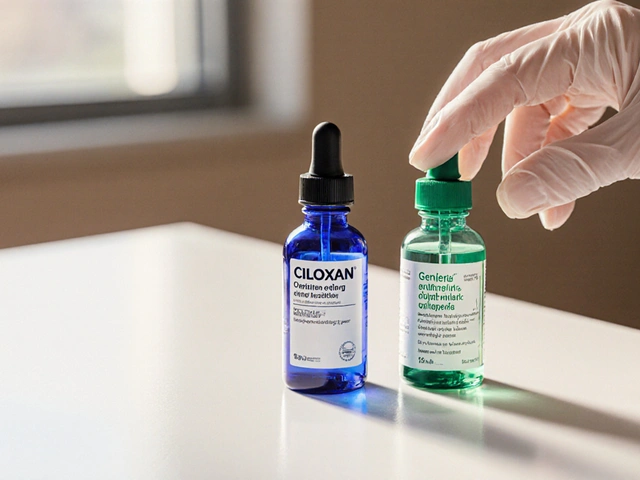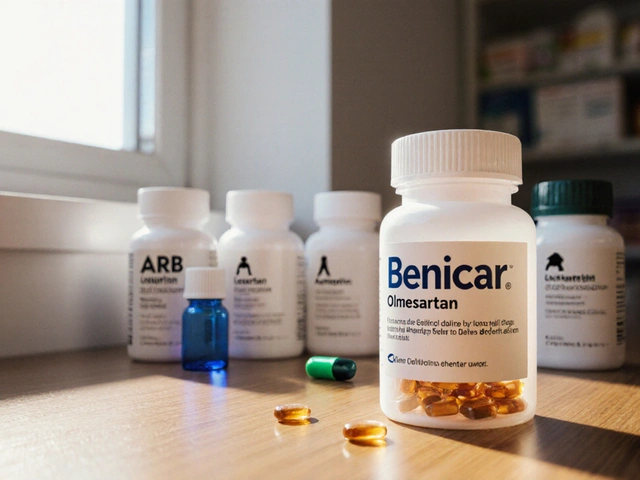Introduction to Chloasma and Chemical Peels
As a sufferer of chloasma, I have searched high and low for a solution to this mottled skin condition. If you're reading this, then you're probably on the same journey. Chloasma, also known as melasma, is a common skin problem that causes brown to gray-brown patches on the face. This brings us to chemical peels, a skincare treatment that can potentially help address chloasma.
Understanding Chloasma: Causes and Symptoms
Before we delve into the benefits of chemical peels for chloasma, it's important to understand the condition itself. Chloasma is often triggered by hormonal changes, such as pregnancy or birth control, and is more common in women than men. It's characterized by dark, irregular patches often found on the cheeks, forehead, nose, upper lip, and chin. While it's not harmful physically, it can take a toll on one's self-esteem.
What Are Chemical Peels?
Chemical peels are a type of cosmetic treatment that aims to improve and smooth the texture of the skin. They involve applying a chemical solution to the skin that causes it to exfoliate and eventually peel off, revealing new, less damaged skin underneath. There are three types of chemical peels: superficial, medium, and deep peels, each addressing different levels of skin damage.
The Process of Chemical Peeling
The process of a chemical peel begins with cleaning the skin surface and then applying the chemical solution. Depending on the type of peel, the solution may cause a tingling or burning sensation. After a specific amount of time, the solution is removed or neutralized. Over the next few days, the treated skin begins to peel, revealing new, rejuvenated skin.
Are Chemical Peels Effective for Chloasma?
Now, let's answer the big question: are chemical peels effective for chloasma? The answer is – yes! Chemical peels can help lighten the dark patches caused by chloasma by exfoliating the surface layers of the skin. The new skin that forms is usually less affected by the hyperpigmentation, leading to a more even skin tone. However, the effectiveness of a chemical peel can depend on the severity of your chloasma and the type of peel used.
Benefits of Chemical Peels for Chloasma
Chemical peels offer numerous benefits for chloasma sufferers. They help to reduce the appearance of dark patches, improve skin texture, and promote an even skin tone. Moreover, they stimulate the production of collagen, enhancing the overall health of your skin. However, it's important to note that multiple sessions may be needed to achieve the desired results.
Potential Risks and Side Effects of Chemical Peels
Like any cosmetic treatment, chemical peels do carry some risks and potential side effects. These may include redness, irritation, and changes in skin color. In rare cases, scarring or infection may occur. However, when performed by a trained professional, these risks are minimal. It's also crucial to protect your skin from the sun after a chemical peel, as it will be more sensitive.







June 27, 2023 AT 21:29
Wow, those peels sound like a neon dream.